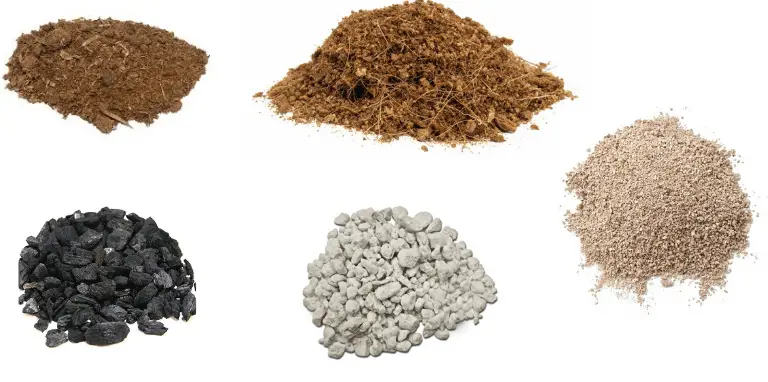As I’m sure you know, hydroponic growing uses no soil – just nutrient solution – but in order for plant roots to be properly held in place, the use of a growing media or substrate is very much needed.
Now, I’ve been growing hydroponically for roughly half a decade at this point, so when prepping for this article I thought that I knew just about every single hydroponic growing media in existence… this was not the case!
It turns out that there are dozens of highly advantageous growing media that range from boring but effective to exotic, yet a little impractical.
What is the best hydroponic growing media? That entirely depends on your personal preference, what you’re growing, and the hydroponic system that you use. Hopefully, this guide can help you find what you’re looking for.
With that being said, here are my personal favorite hydroponic growing mediums:
| Mediums: | Type | Score |
|---|---|---|
| Coconut Coir | Soft | 10/10 |
| Expanded Clay | Hard | 9/10 |
| Rockwool | Hard | 8/10 |
| Pumice | Hard | 8/10 |
| Growstones | Hard | 8/10 |
| Perlite | Hard | 7/10 |
| Parboiled Rice Hulls | Soft | 6/10 |
| Peat Moss | Soft | 4/10 |
Growstones
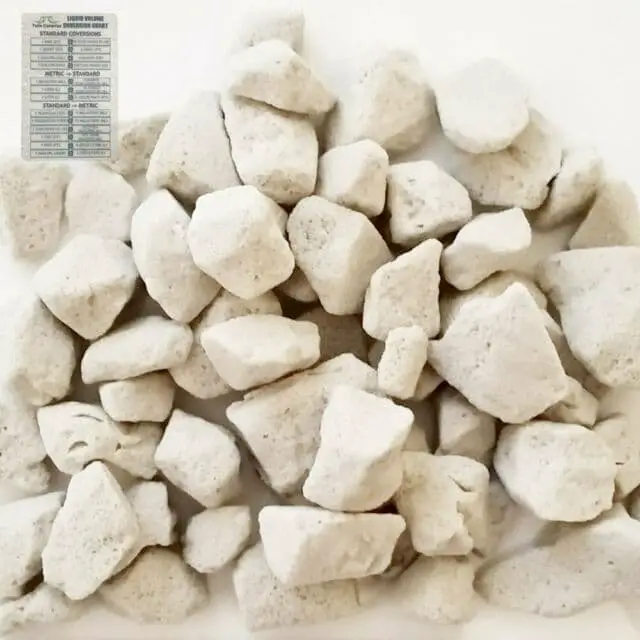
My score: 8/10. Perfect for my cucumbers and tomatoes. I’ll publish an updated case study using these grow stones within the coming months.
Growstones are perhaps the most underrated hydroponic growing media; perforated with small holes for wicking capillary action, this may be the best-growing media for both moisture retention and aeration, especially for large plants.
Pros:
- Roughly twice the aeration of perlite.
- Large enough to hold hydroponically grown vegetable roots in place – perfect for melons, cucumbers, and large tomatoes.
- It does not crumble or crush under pressure.
- Best for deep water culture, ebb and flow, and top-fed drip hydroponic systems.
- Retains roughly 30% moisture.
Cons:
- Too large for succulents or small, delicate herbs.
- Smells pretty bad after a few weeks.
Coco Peat
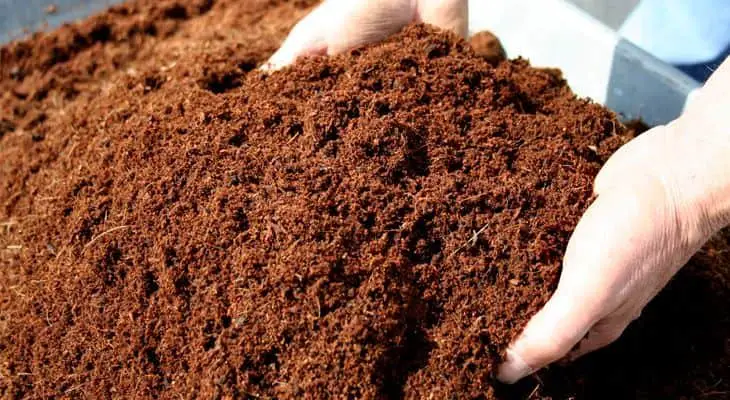
My score: 10/10. According to a whole slew of academic research, Coco Peat may be one of the most reliable and effective hydroponic growing media.
It sounds like breakfast cereal, but that’s not the case! Coco peat – also known as coconut coir or coconut fiber – is a wildly popular growing media used for mostly small, hydroponically grown herbs.
This 1996 paper shows that coconut coir growing media produced “a slightly larger all-around” tomato plant and that coconut coir substrate can be used as a reliable media for the production of tomato and pepper transplants.
Also, this 2010 study found that Brazilian coco peat outperformed peat moss in the production of cape gooseberry.
Pros:
- Resistant to disease.
- 100% organic.
- Highly moisture absorbent.
- Reserves nutrients as well as any growing media.
- Extremely porous! Total porosity is roughly 94%.
- Highly ideal for seed starting.
Cons:
- One of the more expensive growing media.
- Does not contain any valuable nutrients for plant growth; this means that you must add a liquid nutrient solution… This is the case for most hydroponic growing mediums.
Peat Moss
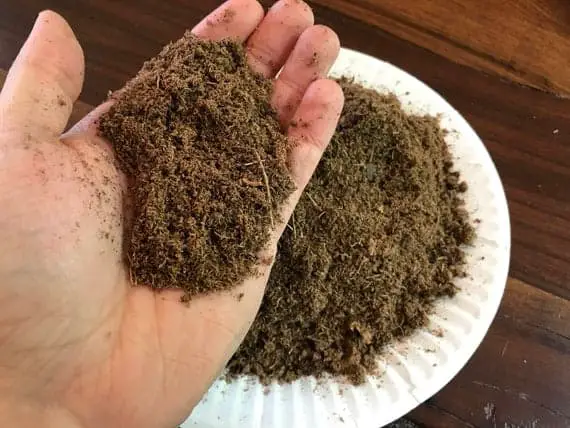
My score: 4/10. It’s not environmentally sustainable, it runs the risk of giving disease to your plants, and you almost always have to mix it with perlite or coconut coir. Consider it a media component and not a media in and of itself.
Peat moss is another highly popular growing media for hydroponics. It was actually the first media that I used for an aeroponics system.
Pros:
- It has the highest water-holding capacity of any growing media.
- Organic matter.
Cons:
- Over-harvested and environmentally unsustainable. Peat moss may be a renewable resource, but it’s currently being sold commercially at an unsustainable rate.
- It will decompose and compress over time which can suffocate plant roots. When using peat moss for hydroponics, make sure to mix it with another growing media.
Perlite
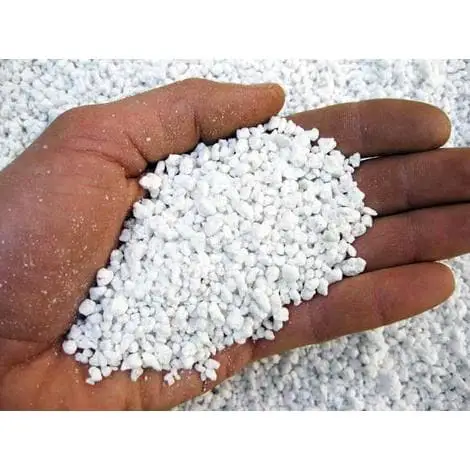
My score: 7/10. Perlite is reusable, dynamic, inexpensive, and mixes well with vermiculite.
Perlite is actually volcanic glass that is heated up in a kiln which causes it to pop into tiny pieces. It sort of looks like popcorn!
Perlite is extremely lightweight and retains a lot of oxygen. However, similar to peat moss, you should treat perlite as an additive component and not as a standalone media for most plants because it’s pretty terrible at retaining moisture.
If you do use Perlite as a standalone media, be prepared to water it multiple times a day.
This 2013 study found that 0.6mm perlite is optimal for growing carrots hydroponically.
Pros:
- One of the best growing media for holding and supplying oxygen to plant roots.
- Very inexpensive.
- Reusable for many grow-cycles.
- Great for plants that like to remain relatively dry.
Cons:
- One of the worst growing media for holding water.
- Non-renewable resource.
Rockwool
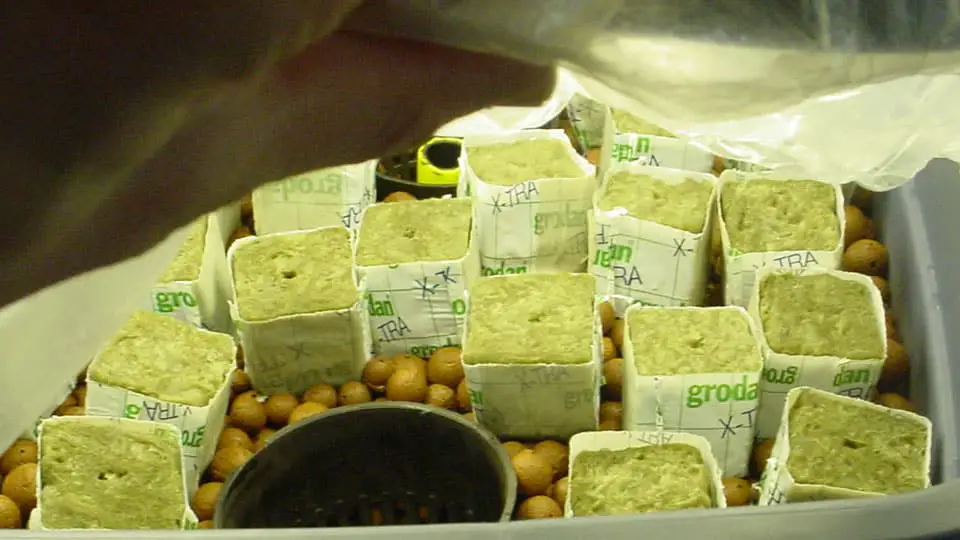
My score: 8/10. Rockwool is great for absorbing water, can last for years, and is ideal for cucumbers, tomatoes, peppers, and various herbs.
Interestingly, growing hydroponically with Rockwool originated in Sweden and Denmark. Two countries where the cold of winter renders soil-based gardening a luxury.
Rockwool is a fibrous growing media; it’s made from diabase, coke, and limestone which are molten together at temperatures of roughly 1,600 degrees Fahrenheit and spun into small fibers. These fibers are then netted into cubes and provided with a wetting agent.
Chemically, Rockwool is comprised of calcium, iron, magnesium, and manganese – all of which are vital nutrients for plant growth – however, it’s unlikely that plants will receive any of these nutrients from the Rockwool. Therefore, once again, a nutrient solution is needed.
Pros:
- Highly porous: can absorb and retain a large capacity of nutrient water.
- It can be re-used for years, although I would advise you to use some sort of sterilization product between yields.
Cons:
- The root volume is very small. Cropping in a growing media with a small root volume could lead to accelerated salt accumulation which could kill plant roots. Therefore, you must use a hydroponic system that waters plant roots frequently and a nutrient solution that isn’t too high in sodium and chloride – preferably below 1.5 mol.
Parboiled Rice Hulls
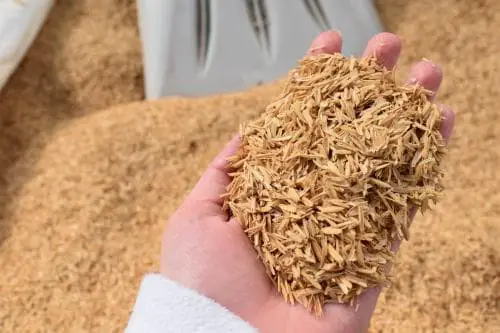
My score: 6/10. Eco-friendly and great at retaining moisture but quality and results can vary. Worth a try!
This substrate may be out of left field for most of you – I know it was for me.
Parboiled rice hulls are a prominent waste product of the rice milling industry. As all gardeners know, organic waste can make for an excellent growing medium.
The hulls have been sterilized by steam and do not contain rice seeds or pathogens that may harm budding plants.
It’s also worth mentioning, for those of us who want eco-friendly growing media, this may be the perfect substrate.
Pros:
- Great for retaining moisture and nutrients without compaction.
- Organic and renewable.
- Inexpensive.
Cons:
- Very little to no nutrient content.
- Quality can vary by retailer. If the rice hulls are not properly steamed, then plant pathogens are likely.
Pumice
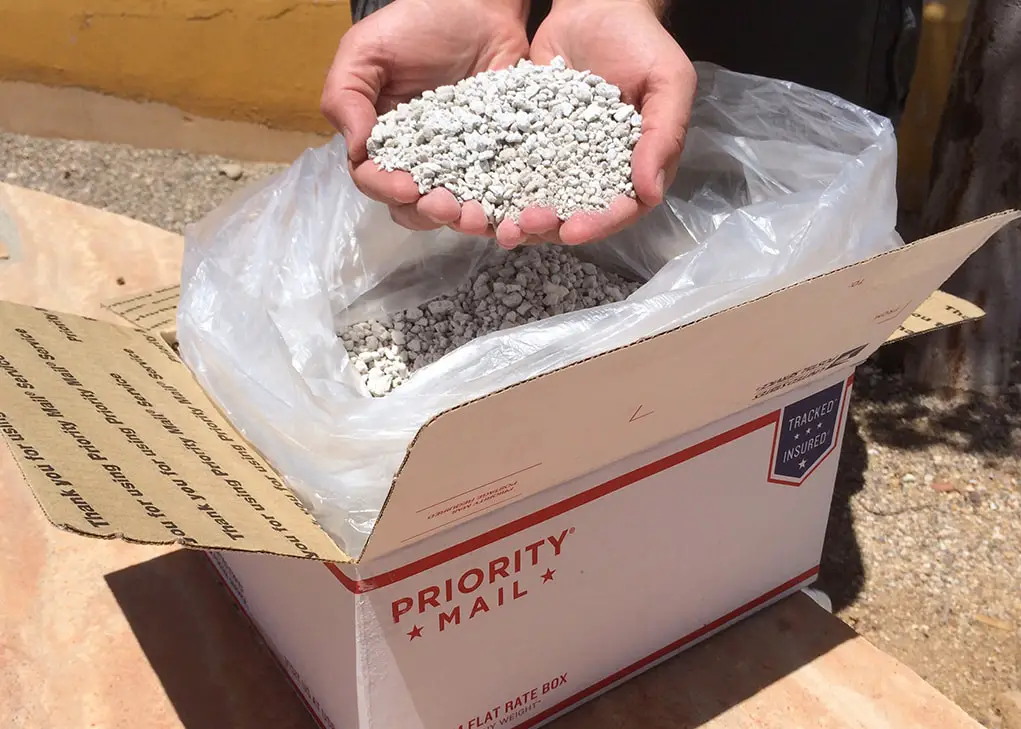
My score: 8/10. Eco-friendly, exotic, and effective. I’ve combined pumice with sawdust and coconut coir in the past to grow hydroponic strawberries and it worked like a charm!
Have you ever considered using volcanic rock as a hydroponic growing medium? If not, consider pumice, a volcanic rock imported from Iceland!
Pros:
- Environmentally friendly.
- Exotic and cool!
- Reusable for years.
- It provides room for aeration to plant roots.
Cons:
- Low water holding capacity.
- You might need to mix it with other water-retentive substrates.
Expanded Clay
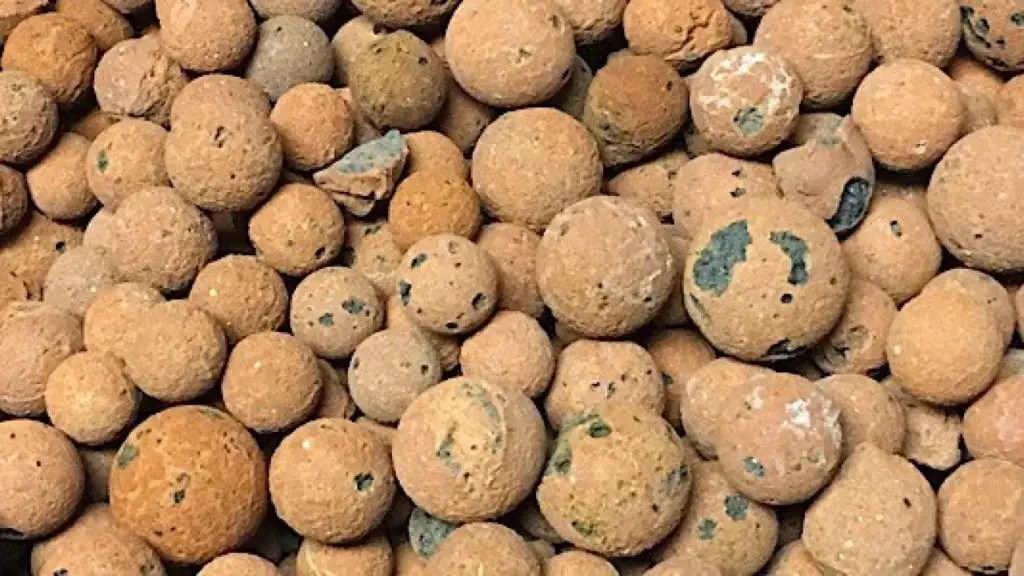
My Score: 9/10. Expanded clay balls work really well for top drip and ebb and flow systems. They’re also reusable and excellent for anchoring plant roots. If you haven’t already, give these a shot!
Expanded clay aggregate – small balls made from heated clay pellets – is one of the most common growing media for hydroponics.
Pros:
- Highly porous.
- Aerated cores provide plenty of oxygen to plant roots.
- Reusable.
- pH neutral.
- Ideal for top drip hydroponic systems and ebb and flow tables.
- Anchors plant roots very well.
Cons:
- A bit pricey.
- They float! So don’t flood your container.
- They smell awful!
Summary
So, to recap, the Best Hydroponic Growing Media in Order:
- Coco Peat
- Expanded Clay
- Rockwool
- Pumice
- Growstones
- Perlite
- Parboiled Rice Hulls
- Peat Moss
Keep in mind that the performance of each growing media is going depend on what type of system you’re using.
With the information provided above, make sure to water your plants accordingly.
Resources:

